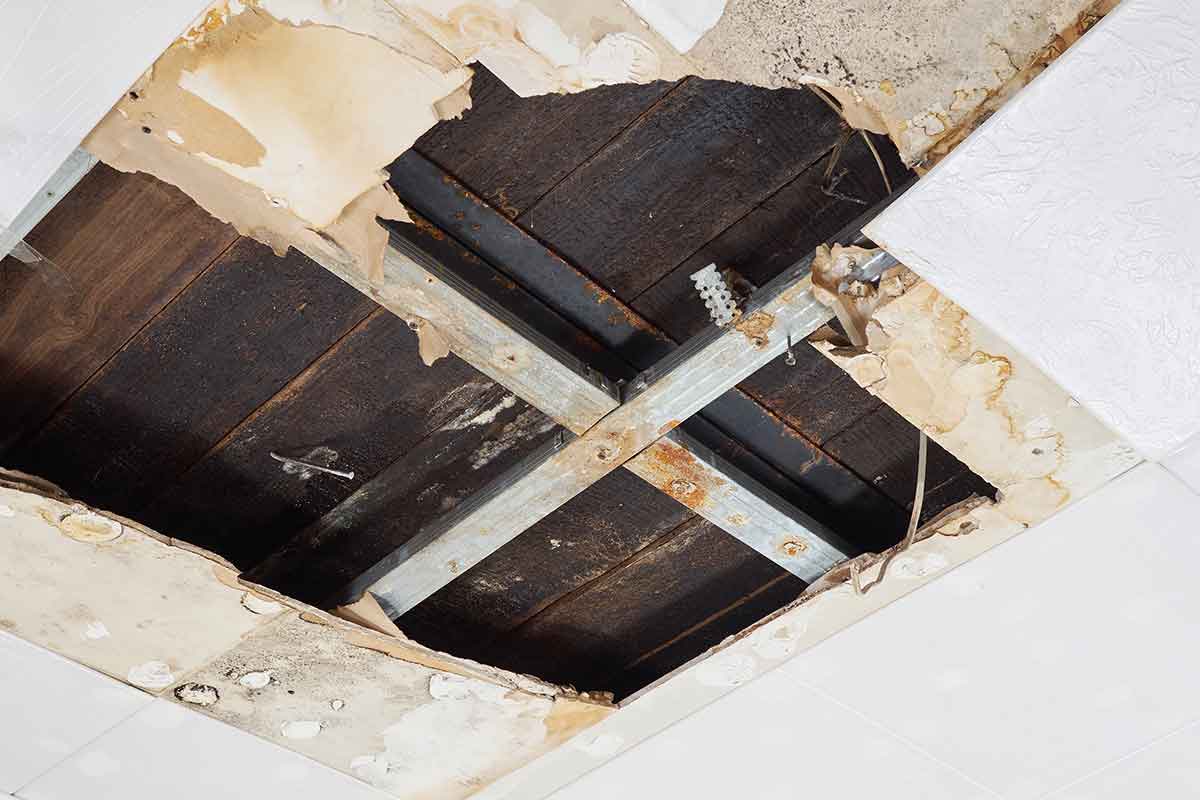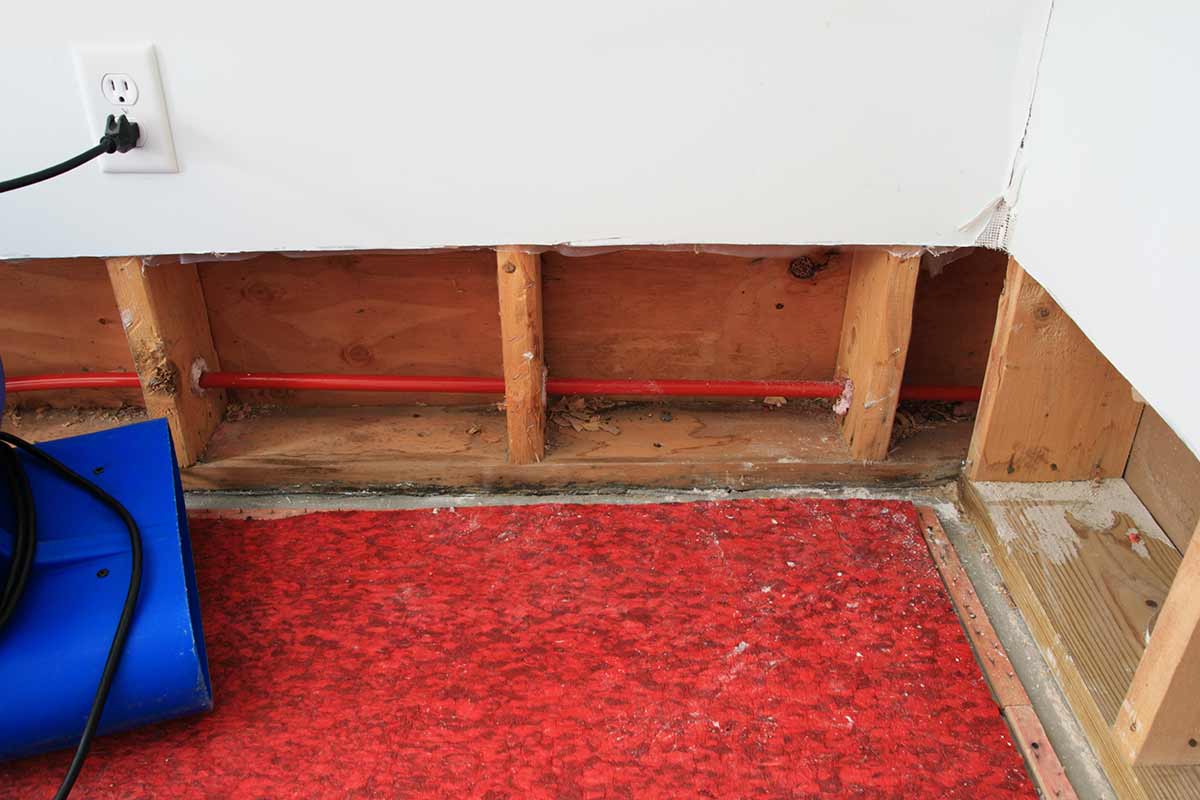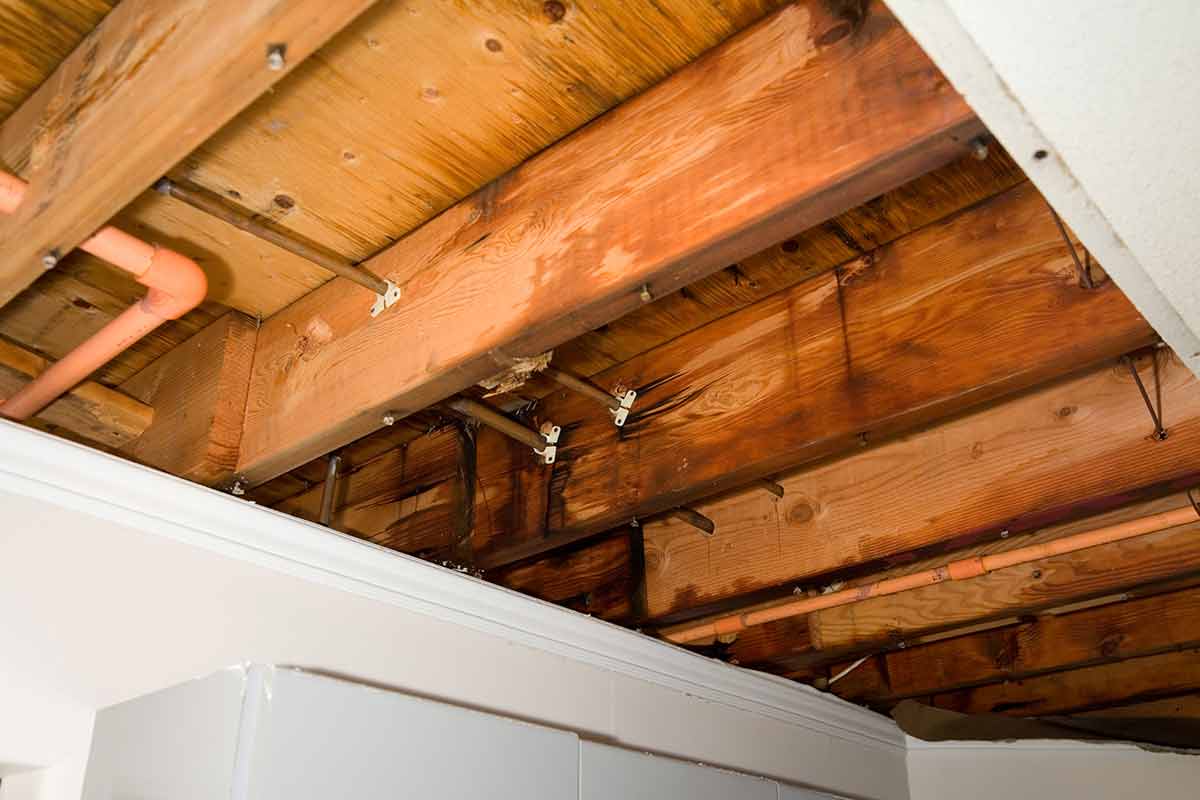Our companies are backed by the Best Pick Guarantee. Call one today!
I’m willing to bet that if you took a quick poll of your friends and family, no one would be willing to give up indoor plumbing. We’ve all come to depend heavily on that convenience of modern life, but the reality is that indoor plumbing can fail. Water can come from the outside in, too, when strong storms wreak havoc on homes and businesses.
When you own a home, water intrusion climbs very close to the top of your mental list titled “Please don’t let this happen to me.”
So, what do you do if it does happen to you?
To bring you the best, most up-to-date information and advice, I spoke with Valerie Preston Mercado, Regional Manager of 911 Restoration of Miami, a South Florida-based water damage and disaster restoration Best Pick.
She and I talked about the property restoration industry, what sets 911 Restoration of Miami apart from the crowd, and what homeowners should do if they arrive home to find a flooded basement and soaked carpet.
911 Restoration of Miami
911 Restoration of Miami got its start in 2005, after founder and CEO Tomas Lelczuk saw a desperate need for his carpet cleaning company to provide more comprehensive disaster restoration services.
If you’ve only used a professional carpet cleaning service to remove stains from your carpet, you may not be aware that many residential and commercial carpet cleaning jobs involve extracting gallons of water from carpet and the padding underneath in the aftermath of a burst pipe, leaking water heater, or other type of flood.
Water extraction is important, but in most water damage situations, the damage doesn’t stop at the carpet. Oftentimes, the walls are wet. So are the ceilings. Light fixtures and electrical wiring may be wet—a serious safety hazard. If the flood is the result of failed plumbing, you may be looking at flooring and furniture covered in bacteria-laden sewage.
Tomas found that most homeowners didn’t fully understand the importance of proper drying procedures following a flood. Simply removing the water from the carpet isn’t enough—every wet surface, including structural elements, must be completely dry to prevent the growth of harmful mold.
To better serve his customers, Valerie says, Tomas began the process of taking the necessary courses to earn certifications in the many aspects of disaster restoration and water damage repair. These certifications are earned from the Institute of Inspection, Cleaning and Restoration Certification (IICRC), the restoration industry’s leading training and certification body.
Tomas now holds certifications (and maintains those certifications with continuing education courses) in a variety of disaster restoration methods, including:
- Water damage restoration
- Commercial drying
- Fire and smoke restoration
- Mold remediation
- Odor control
If you’re wondering whether all of those certifications are really necessary, they are. Water damage and disaster restoration are complex jobs, Valerie notes. “There are so many aspects to doing things properly,” she adds. “Since 2005, the state of Florida has started to have restoration industry regulations, but a lot of companies don’t do things the right way.”
A passionate and experienced staff
The entire staff at 911 Restoration is passionate about the work they do, and it shows. Everything is done to the letter, and Tomas and his technicians are committed to finishing every job to the customer’s satisfaction.
The different types of disasters that can occur means that no two days are ever alike at 911 Restoration, and the technicians like it that way.
Valerie reports that in her 12 years of helping Tomas grow the company, she has found that the best technicians are people with these important characteristics:
- Ability to think outside the box
- Flexibility and eagerness to learn new things
- Experience and true passion to do the job
- Ability to work well in a team environment
- Willingness to ask for help
Tomas and Valerie maintain a medium-sized staff—32 people, currently—and Valerie reports that the environment around the office is very family-like. “Everyone pitches in,” she says, “And there’s lots of respect.”
Because jobs can be long and physically demanding, the technicians rely on each other and on humor to get through the tough parts. Valerie says that “the ability to laugh at ourselves is essential.”
Water Damage: Understanding the Problem

For the average homeowner, one of the most difficult parts of water damage is understanding exactly what happened. These disaster scenarios are often disorienting, and it can be difficult for a layperson to determine the source of the water.
Sometimes, events where the damaged area appears to be relatively small are the most difficult to explain to homeowners. For the technicians and staff members at 911 Restoration, one of their priorities is helping each homeowner understand the extent of the damage as well as what the restoration and repair process will involve.
“It’s very important to us that we fully explain the problem and how deep it goes,” says Valerie. A seemingly small amount of water can cause a lot of damage, and depending on the length of time elapsed between the disaster and the restoration team arriving and getting to work, structural damage is a possibility.
When the 911 Restoration technicians first arrive at a job, they keep several priorities in mind:
- Assessing the damage
- Formulating a plan
- Answering homeowner questions clearly and compassionately
For the techs, one of the most rewarding parts of each day, Valerie says, is “respond[ing] to people at their greatest need.” Disasters are devastating, and seeing your home damaged and in disarray can be quite vulnerable.
The staff at 911 Restoration understands and respects the human element of their jobs. The technicians work in teams so that all the work can happen efficiently. This allows homeowners to regain their pre-disaster home as quickly as possible and makes it possible for the technicians to help other customers in need.
Water Damage Restoration

Property restoration following any type of disaster can—and probably should, depending on the extent of the damage—take a while. Be wary of contractors who promise a dry and completely restored area within a day or two.
At the same time, avoid companies that send only one technician to complete a large job. Water damage remediation and disaster restoration is very physical work, Valerie explains, and is best completed with a team.
A typical water damage repair visit
Curious about what’s involved in an average water damage repair visit? Take a look at the basic steps outlined below.
- Inspection. A team of technicians investigates the affected area to determine the extent of the damage.
- Water removal. The technicians remove all standing water and any wet materials—and that doesn’t end with rugs, clothing, and other textiles. Any wet building materials—drywall, insulation, and baseboards—must be removed, too.
- Drying. Depending on the class of water damage and size of the affected area, the technicians will bring in pieces of heavy-duty equipment to dry the area.
- Monitoring and reinspection. The drying process can take several days, and technicians will return each day to check the progress of the machines and ensure that the property is drying quickly enough to prevent mold growth.
- Restoration. Once the technicians confirm that the property is completely dry, they will begin replacing and rebuilding as necessary to return your home to its pre-damaged state.
The drying process
On top of showing the homeowner the extent of the damage and explaining what happened, 911 Restoration technicians also explain the water extraction and drying process in detail. “The drying process is uncomfortable and noisy,” Valerie notes, “but we have to take the necessary measures to make the area safe.”
Drying a water-damaged property—even if it’s a small area—takes a lot of machinery. Heavy-duty equipment, such as commercial-grade dryers, dehumidifiers, and air movers, may look like overkill to the average homeowner, but that type of equipment is vital to removing water quickly enough that mold doesn’t have a chance to breed.
Depending on your situation, the contractor may recommend that you stay in a hotel or with relatives while the house dries. If at all possible, heed these recommendations to ensure that your sanity (and your hearing) make it through the ordeal intact.
In fact, Valerie notes that one of the biggest mistakes homeowners make during the drying process is staying in the house, getting overwhelmed by the noise and humidity, and turning off the dryers and humidifiers too early.
An area may look and even feel dry, but you should never turn off the equipment until the technicians give the all clear. Before the technicians shut down the equipment, they will use different instruments to measure the moisture levels around the water-damaged area. If the readings are at the right level, they will break down their setup and begin the repair process.
Three days, for example, may seem like a long time for a dehumidifier to run, but since reconstruction can’t begin until the space is completely dry, patience is an important part of the process.
Mold testing
One of the most common misconceptions about the restoration industry, Valerie tells me, is that mold testing is a scam.
It’s not.
In fact, she says, it’s an important part of ensuring that your home is safe to inhabit after water damage has occurred. “Houses don’t have to be gutted,” Valerie notes, “but mold does need to be addressed properly.”
Be sure that the disaster restoration company you hire has the right certifications and knowledge—ask specifically about their IICRC Mold Remediation certification—to do the work the right way.
What to Do After Water Damage Occurs

If one of your nightmares comes true and you arrive home to the aftermath of a burst pipe, leaking water heater, or something similar, Valerie outlined a few immediate steps you should take to try to lessen the damage.
First things first:
1. Don’t try to deal with the damage yourself. Call a disaster restoration company and have a technician come out as soon as possible to assess the problem.
2. Notify your insurance company to let them know that you have a potential claim.
3. Don’t wait for your insurance company’s approval before you have the damage repaired. Most homeowners’ insurance policies require you to prevent further damage for your coverage to remain in effect.
Stay safe:
4. If there is water near anything electrical—appliances, light fixtures, wiring, etc.—stay away from it.
5. If you’re not sure where the water is coming from, shut off your home’s main water supply. In most homes, this is inside the house—usually in a basement or utility room—on an exterior wall.
In the future:
6. Shut off your home’s main water supply every time you travel for extended periods of time.
7. Arrange for a friend or family member to check on your house periodically when you travel. This is a good idea from a home security standpoint, too.
The Bottom Line
Water damage can be truly devastating. Luckily, water damage and disaster restoration companies like 911 Restoration of Miami are setting the industry’s gold standard in how to help.
If you find yourself in need of disaster restoration services, here’s what to look for in a contractor:
- Prompt, friendly response
- Clear explanation of the problem and a willingness to answer all questions
- Certifications from the IICRC (or similar industry organization)
- Ability to conduct mold testing, if necessary
- Compassionate, kind technicians who understand your stress levels
At 911 Restoration, each staff member follows the company’s mantra: Our goal is to bring people a fresh start.
Dealing with the aftermath of a disaster is not fun, but with the right restoration company, there will be a bright light at the end of the tunnel.

























